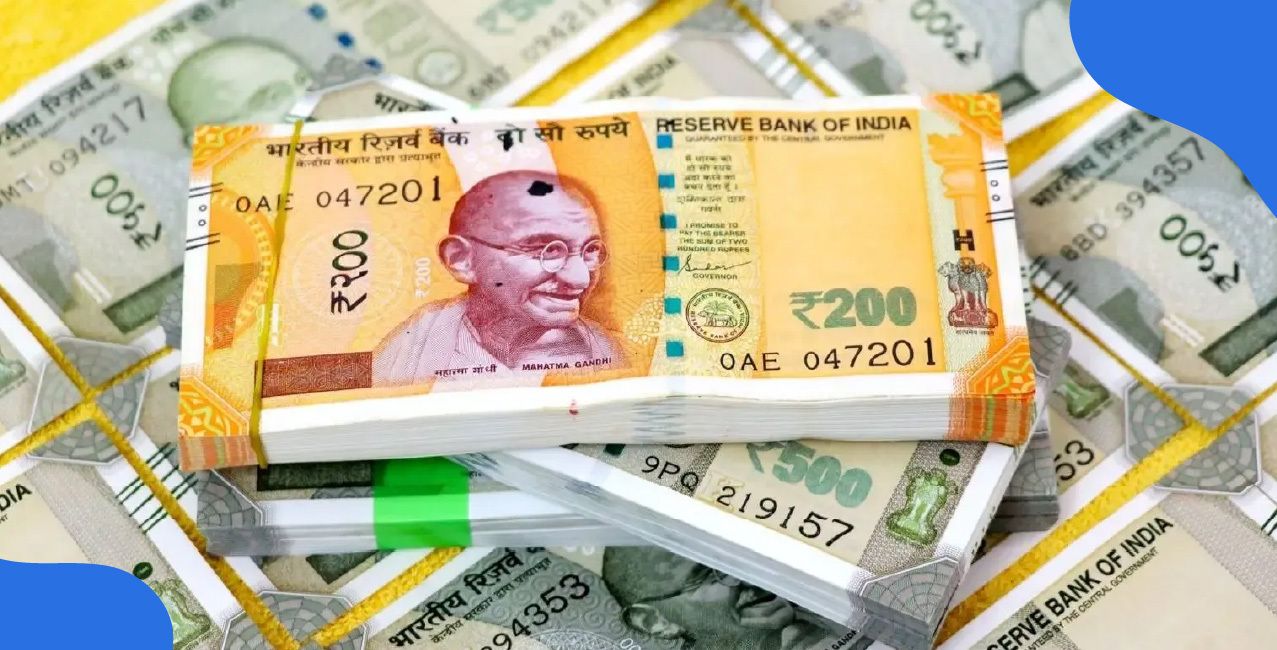
Author
LoansJagat Team
Read Time
4 Min
01 Oct 2025
How Is RBI the New Robin Hood? Banks Get Paid for Returning Unclaimed Deposits
A new move by the central bank seeks to unlock thousands of crores lying idle while pushing banks to act faster for depositors.
How often do people forget about a savings account opened during their college days or a fixed deposit never claimed after maturity? This simple human lapse has created a mountain of idle money in India’s banking system.
According to the Reserve Bank of India’s latest report for June 2025, unclaimed deposits have crossed ₹67,000 crore. To address this, the RBI has now announced a special plan to encourage banks to release these funds back to rightful claimants.
RBI Compensation Scheme for Unclaimed Deposits
The Reserve Bank has launched the Scheme for Facilitating Accelerated Payout – Inoperative Accounts and Unclaimed Deposits. Running from October 1, 2025, to September 30, 2026, this one-year programme is designed to push banks into action. Instead of holding dormant accounts, banks will now be paid a share for every claim they process.
The scheme offers differential payouts based on how long the account has remained inactive or how long the deposit has stayed in the Depositor Education and Awareness (DEA) Fund.
The payout structure looks as follows:
This scheme sets clear incentives for banks to trace, verify, and return deposits instead of letting them remain idle.
The move also aligns with the central bank’s earlier campaigns to reduce the rising stock of unclaimed balances.
Banks Returning Unclaimed Deposits to Claimants
Returning dormant funds to citizens is not a new duty for banks. What makes this scheme different is that banks will now receive measurable incentives. Earlier, compliance with DEA Fund rules was often seen as a regulatory obligation. With the new payout model, banks have a direct financial reason to settle claims faster.
This is not just about releasing money. The RBI’s push connects with larger financial inclusion goals. Reports in 2024 showed that more than 8 lakh people had already used the UDGAM portal to trace forgotten deposits. That number is likely to grow as banks start reaching out to customers more actively.
Here is how the incentive compares with the number of claimants already served:
The link between the new scheme and these earlier efforts shows continuity in policy. This continuity reflects the RBI’s steady approach in reducing idle deposits across years.
RBI Incentive for Banks Unclaimed Deposits
The new incentive scheme connects nicely with earlier reforms aimed at simplifying access to inactive funds. In 2024, the RBI introduced rules to ease reactivation of inoperative accounts, allowing video-based KYC, enabling reactivation at any branch, and involving business correspondents in verification.
The fresh incentive for banks to claim and refund unclaimed deposits builds directly on those relaxed KYC norms. With simpler tracking and verification channels in place, banks are better positioned to process claims efficiently, and the incentive payout strengthens their motivation to act swiftly.
As LoansJagat reports in “RBI Can Return Your Money; Drive To Return Rs 67,270 Crore In Unclaimed Bank Deposits”, the RBI has also launched an active drive (Oct–Dec 2025) to track down dormant balances and return them to rightful owners, signalling how these rules and incentives are being deployed together.
Comparison of policy efforts over the years shows how the regulator’s stance has shifted:
This sequence shows how the RBI has moved step by step from regulation to awareness to ease of claim, and now to direct incentives.
Process of Claiming Unclaimed Bank Deposits RBI
The process of reclaiming funds remains bank-driven. Citizens must approach the bank where the account was held. After proper KYC checks, banks release the principal and interest. Under the new scheme, banks can then submit claims to RBI on a quarterly basis.
The RBI will review and settle approved claims within 30 days. The move is expected to shorten wait times for customers and bring discipline to claim processing.
Here is a quick view of the settlement process timeline:
This table shows how the timeline is designed to keep the flow of settlement smooth. If executed as planned, customers will face fewer delays compared to earlier experiences.
Unclaimed Deposit Settlement in Indian Economy
The larger question is what these reforms mean for the economy. With deposits of more than ₹67,000 crore lying idle, their return could release liquidity for households. For banks, the scheme reduces liability and creates goodwill among customers.
The Finance Ministry too has been calling for uniform KYC across banks, insurers, and mutual funds. This coordination, if achieved, will further cut the stock of unclaimed balances. Past government reports have already shown ₹5,729 crore released over five years from the DEA Fund. With the new push, this number may see faster growth.
The impact of such large-scale settlements is twofold: better trust in the banking system and more spending power in the hands of people. The unclaimed deposit settlement in the Indian economy may not shift GDP figures overnight, but it signals discipline and efficiency in financial governance.
Conclusion
The RBI’s new compensation scheme is not just about rewarding banks. It is about building a cycle where forgotten money finds its rightful owner again.
By combining regulatory changes, technological tools like UDGAM, and financial incentives, the central bank is attempting to close a long-standing gap. How well banks respond will decide the real success of this policy.
About the Author

LoansJagat Team
‘Simplify Finance for Everyone.’ This is the common goal of our team, as we try to explain any topic with relatable examples. From personal to business finance, managing EMIs to becoming debt-free, we do extensive research on each and every parameter, so you don’t have to. Scroll up and have a look at what 15+ years of experience in the BFSI sector looks like.

Quick Apply Loan
Subscribe Now
Related Blog Post

LoansJagat Team • 10 Jun 2025

LoansJagat Team • 06 Jun 2025

LoansJagat Team • 22 Sep 2025